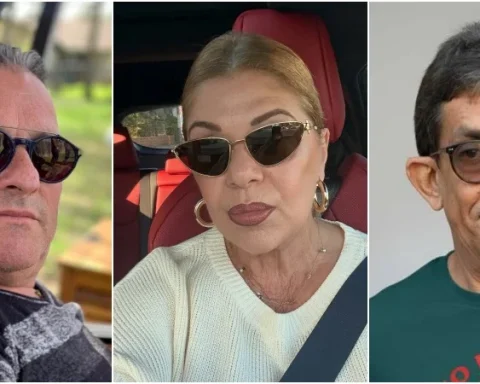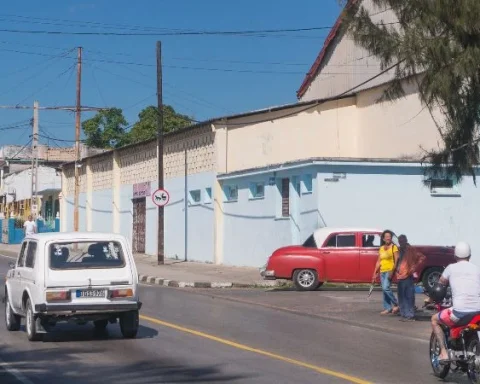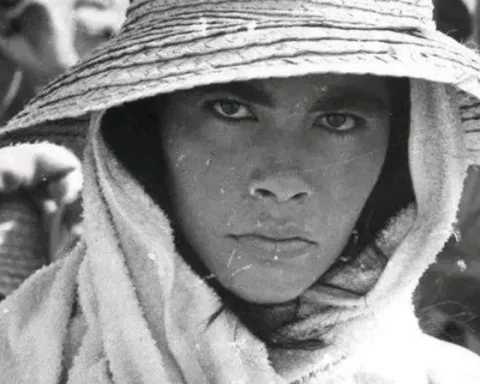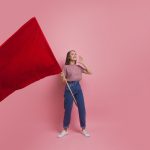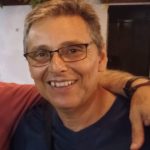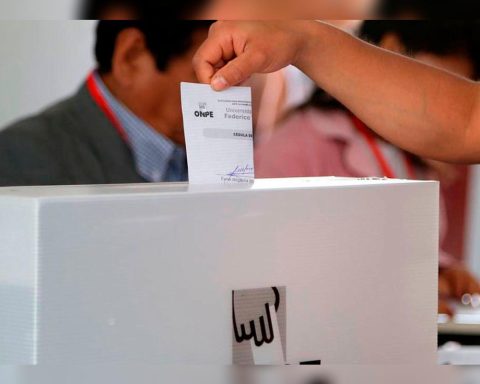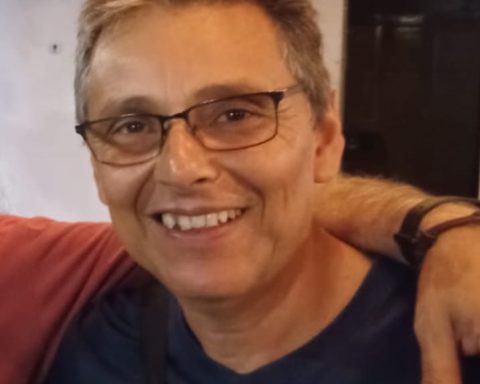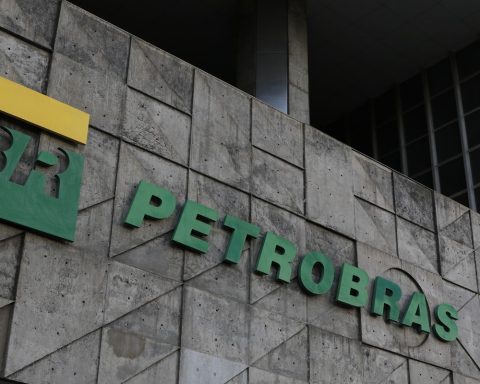Before him Ian’s visit to Cuba It is necessary to review the impact of tropical cyclones on human health. However, it is first necessary to define what these events are. According to PAHOa tropical cyclone is a low pressure system that originates in the tropics, in places where an unstable atmosphere causes differences in the amount of energy received from the terrestrial poles, forming “a rotating disturbance” around a center, called an eye, with circulating air that rotates in the northern hemisphere counterclockwise and in favor, in the south.
Cyclones can move at speeds between 10 and 50 km/h. About 80 are formed each year and they usually travel up to 10,000 km. Its intensity is measured according to the Wind Scale for Hurricanes. Saffir/Simpson into five categories of increasing intensity. According to it, category 1 hurricanes are those whose winds will have a speed between 119 and 153 km/h; category 2 up to 177 km/h; category 3 up to 208 km/h; category 4 up to 251 km/h; category 5 over 252 km/h.
Hurricanes are among the most destructive weather events, their impact is spread over a wide area with mortality, injury, and property damage resulting from high winds and rainfall. Between 1967 and 1991, 150 million people were affected by the same. In this time interval, 900 of these events have caused the death of 900,000 people and injuries to more than 240,000. Additionally, it is estimated that during the 20th century tropical cyclones caused the deaths of 14,600 people in the United States and property damage of more than 94 billion dollars – adjusted to 1990 costs, now it would be much more. another study established that between the years 2000 and 2009, there were 331 tropical storms that caused the death of 10,004 people in the Americas.
Early detection and warning systems, leading to evacuation and shelter, have helped reduce or prevent deaths in many areas. This is precisely the Cuban case which went from 3,500 deaths in November 1932 as a result of the Santa Cruz del Sur cyclone and the 2,000 fatalities caused by Flora in October 1963 to 11 deaths by Sandy in October 2012 and 10 caused by Irma in September 2017, two of the deadliest in recent decades.

These coping systems have also had an impact on the pattern of deaths caused by cyclones. Before its introduction, 90% of deaths were due to drowning. Such was the case of the Santa Cruz and Flora cyclones., famous for its rains. To give you an idea, during the famous cyclone of October 1963, only in Oriente province, 1,157 people drowned in the four days that the disaster lasted. Unfortunately, this proportion remains unchanged in places where alarm systems, although better, still fail to reach all sectors of the public, for example in Bangladesh and the Philippines.
Returning to the case of Cuba, of the 10 deaths due to the impact of Hurricane Irma in 2017, in the territories of Havana, Matanza, Camagüey and Ciego de Ávila, only one person drowned. Of the rest, 3 died due to collapses in their homes; 2 by a balcony that fell on the bus in which they were traveling; 2 as a result of a partial collapse of the roof of a building; 1 due to the effect of the fall of a power line pole and another due to falling on an energized cable. In other words, 90% died as a result of trauma. We find the same pattern in the hurricane Sandy in 2012, where most of the 11 deaths, in the provinces of Santiago de Cuba and Guantánamo were due to landslides and falling trees. It is particularly painful that some of these deaths could have been prevented if people had followed the guidelines of the authorities that suggested their evacuation.
disaster after disaster
After the passage of a hurricane or other catastrophic natural event, the occurrence of epidemics is expected. Among the factors that could cause is it so changes in ecosystems, displacement of people, disruptions in public services, including the interruption of basic health services. However, with the exception of one malaria outbreak, following Hurricane Flora in Haiti, few epidemics have been documented. This does not mean that there is no potential for outbreaks of infectious diseases, in places where hygiene and sanitation are compromised, such as measles, leptospirosis, viral hepatitis, meningitis and ADD (Acute Diarrheal Diseases). . As can be seen, these are pathologies of respiratory and digestive transmission, to these are added those transmitted by vectors such as dengue and malaria, to which I have already referred, and others such as scabies and animal bites.
Another element to take into account are the effects on mental health that are maintained up to five years after the impact. In a study carried out in Cuba after the passage of hurricanes Gustav and Ike in ten children, it was possible to identify in one of the infants “adjustment disorder with anxious-depressive symptoms”; in another a “transient motor tic disorder”; and in a third, “non-organic sleep disorder”, which was complemented by the finding of emotional lability in the parents when talking about the event. Results Similar findings were found in a study conducted in Miramar after Hurricane Wilma, in which “nervous or anxiety crises, low moods, and sleep disorders” were identified.
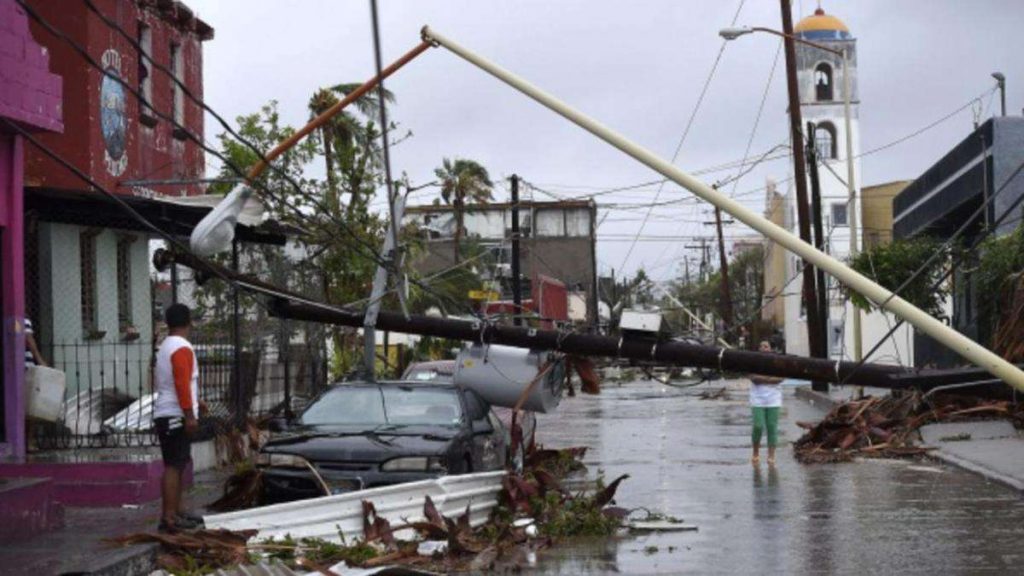
Tropical cyclones are catastrophic events that can cause multiple damages to health. Therefore, it is important to follow the instructions of the authorities on what to do at each stage. In the case of Cuba among the recommended measures before the passage of the storm are: secure food and drinking water; eliminate mosquito reservoirs; maintain personal and collective hygiene; and collaborate with the cleaning actions in the community. Later, in the recovery phase, it is recommended to: eliminate contaminated food; the washing and disinfection of fruits and vegetables that are consumed raw, with a chlorinated solution and then with drinking water; do not talk, cough or sneeze over food; ensure the hygiene of the handlers; cooking food above 70 °C… All of the above, together with the timely evacuation of people, contributes to preserving the greatest asset we have: health and life.

